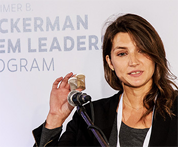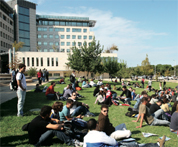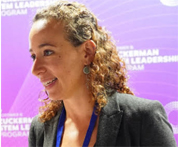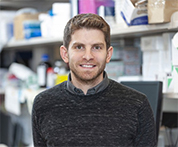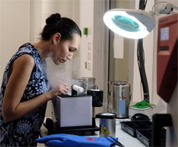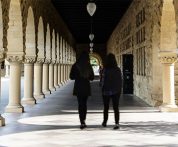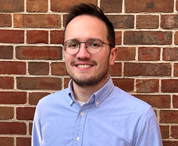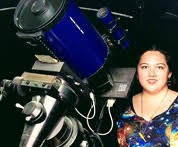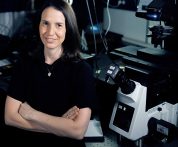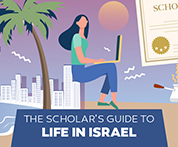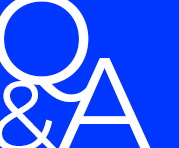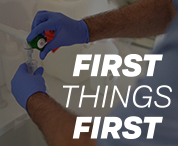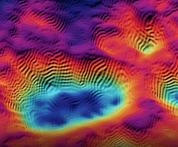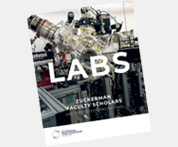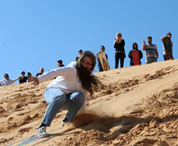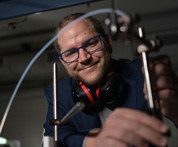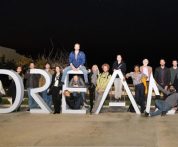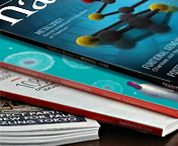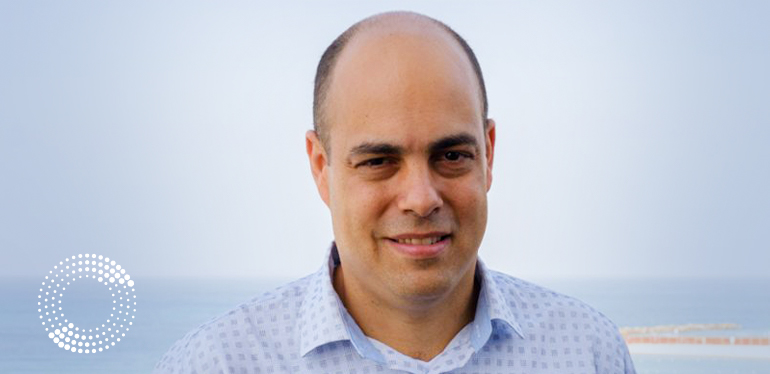Nearly a century after quantum mechanics revolutionized the way we understand nature, we are experiencing a second quantum revolution that will change the technology as we know it.
As head of the Complex Photonics Lab and senior lecturer at the Racah Institute of Physics at the Hebrew University of Jerusalem, Dr. Yaron Bromberg researches quantum key distribution, classical and quantum correlations in scattering samples, and imaging through turbid media. He joined the Hebrew University faculty in 2015, following three years as a postdoctoral researcher at Yale University.
In Real-Time Shaping of Entangled Photons by Classical Control and Feedback published in the September issue of Science Advances, Dr. Bromberg, together with co-authors Ohad Lib and Giora Hasson, demonstrates how quantum technologies can revolutionize photonic applications, such as cryptography. Until now, their implementation in real-world scenarios was held back, mostly due to quantum light’s sensitivity to scattering. Using recent developments in optimizing the shape of single photons and new ways to control quantum light, Dr. Bromberg and his team created a method to overcome air turbulence on light systems.
Quantum Entanglement
The enabling resource for most of these quantum technologies is known as quantum entanglement. When a pair of particles is entangled, interaction with one particle can change the state of the other, even when the two particles are far away from one another.
It is this remarkable feature of quantum mechanics that allows these technologies to happen, while posing a critical challenge in real life applications. Even a very weak interaction with the environment can introduce noise to the particles’ states and ruin their entanglement
Overcoming Atmospheric Turbulence
Over the past several years, there has been much interest in developing secure quantum communication systems by sending entangled particles of light, called photons, from a satellite orbiting the earth to ground stations. Because entanglement is sensitive to interactions with the environment, a significant challenge involves overcoming atmospheric turbulence. This is similar to the reason stars twinkle at night, as air flows and turbidity scatters and deflects the photons. By the time they reach the target, their quantum state is scrambled, and entanglement is effectively lost.
Dr. Bromberg and his team developed a method to overcome the scattering effect by creating a source of entangled photons in quantum states that can be synthesized digitally. They searched for the quantum states photons need when they exit the source in order to arrive in the desired entangled state. In other words, the synthesizer generated photons that cancel the effect of the turbulent medium. In order to find the correct state the synthesizer needs to generate, the team must continuously probe the turbulent medium and its effect on light in order to deduce what is required of the synthesizer.
Uninterrupted transmission
By sending a bright laser beam in parallel to the entangled photons, Dr. Bromberg identified a quick and efficient method that does not interrupt the continuous transmission of entangled photons. Since the laser beam is bright – containing billions and billions of photons – it is much easier to track and use to inspect the medium, rather than trying to inspect the pair of entangled photons directly.
While the study was conducted as a table-top experiment by scattering samples that emulate the effect of turbulence, the resulting analysis and numerical simulations of atmospheric links demonstrate that this approach has the potential to increase the maximal distance between a transmitter and receiver by two orders of magnitude, even under harsh environmental conditions.
What practical impact will this second revolution have? For one thing, quantum computers will be able to solve problems currently unsolvable today. Quantum sensors will take measurements with unprecedented sensitivity; and finally, quantum cryptography systems will protect communication networks with unconditional and total security.
“With this study, we are contributing a big piece to a larger puzzle that will be used as a building block to sophisticated communications technologies in the future,” said Dr. Bromberg.
 ISRAELI COUNCIL FOR HIGHER EDUCATION
ISRAELI COUNCIL FOR HIGHER EDUCATION MIT-Israel Zuckerman STEM Fund for Faculty Collaboration
MIT-Israel Zuckerman STEM Fund for Faculty Collaboration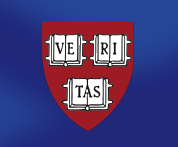 The Zuckerman Travel and Research STEM Fund at Harvard
The Zuckerman Travel and Research STEM Fund at Harvard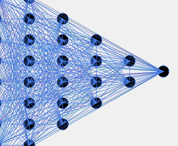 Zuckerman AI Fund at Technion
Zuckerman AI Fund at Technion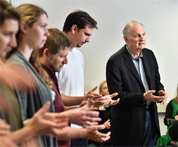 Alan Alda Communicating Science
Alan Alda Communicating Science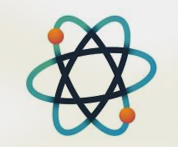 Zuckerman Institute – ScienceAbroad
Zuckerman Institute – ScienceAbroad Zuckerman Institute – America-Israel Friendship League partnership
Zuckerman Institute – America-Israel Friendship League partnership
